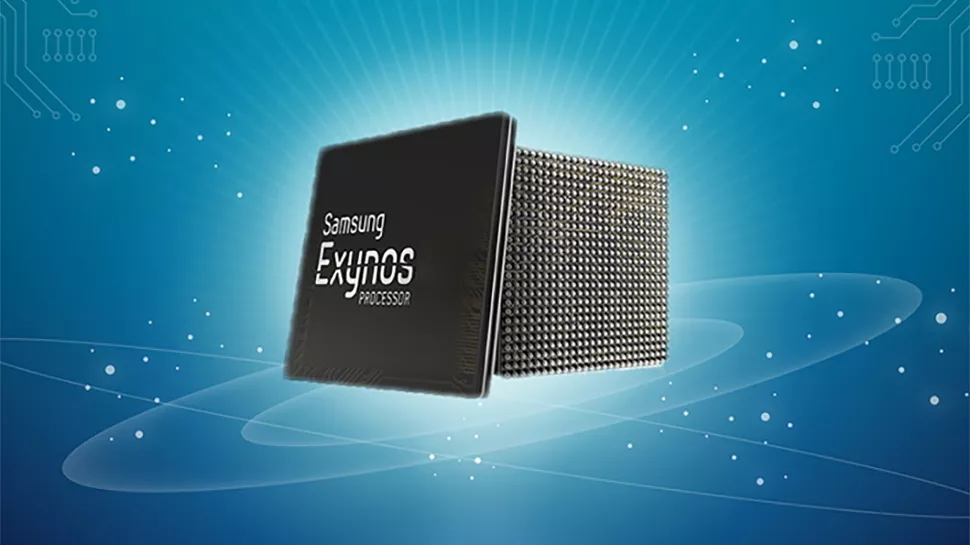Samsung will continue to use AMD’s RDNA designs for its future built-in GPUs, the consumer electronics giant announced on Thursday, despite the Xclipse 920 integrated graphics processing unit’s underwhelming performance relative to expectations. Even though ray tracing is not its finest suit, AMD’s Radeon RX 6000 range of GPUs, based on the RDNA 2 architecture, is without a doubt the company’s most competitive GPU lineup in many years.
“We plan to continue to implement other features in the RDNA series by working closely with AMD going forward,” said Sungboem Park, a vice president of Samsung who oversees GPU development. “In general, mobile tends to lag around five years or so behind consoles when it comes to graphics technology, however, we were able to incorporate the latest console technologies in the Exynos 2200 mobile processor quickly through our collaboration with AMD.
However, neither in compute nor graphics workloads did Samsung’s Exynos 2200 system-on-chip for smartphones, which is based on the same architecture, particularly shine with the Xclipse 920 graphics processor. As the head of Qualcomm recently announced, Samsung signed a contract with Qualcomm to use its Snapdragon SoCs with Adreno graphics for its forthcoming Galaxy S-series smartphones globally (ComputerBase first noticed this). Ironically, Eric Demers, a former GPU architect at AMD, ATI, and ArtX, has been in charge of Qualcomm’s Adreno (a play on the name Radeon).
Currently, Samsung sells its Galaxy S smartphones in Asia and the US using Qualcomm’s high-end Snapdragon SoCs, while devices marketed in Europe use its own Exynos SoCs.

The new agreement permits Samsung to employ Exynos for Galaxy S handsets sold in Europe, but it does not mandate that it do so. As a result, Samsung might not use Exynos if it has an Exynos SoC with a competitive CPU and GPU implementation.
However, Samsung is undoubtedly taking precautions with its selection of SoCs and GPUs because, according to Qualcomm, it also plans to use Snapdragons for other mobile products.
The actual implementation is very important, even if AMD’s RDNA designs are feature-rich and scalable in terms of performance, power, and die size. A GPU realisation depends on a variety of variables, including design choices, cost, process technology, the engineering team’s knowledge in general and with a certain GPU architecture in particular. Therefore, Samsung may eventually develop a competitive RDNA-based integrated GPU, but not until its engineers have gained general GPU development experience, which they can only do by continuing to develop graphics processors.
Also Read:




